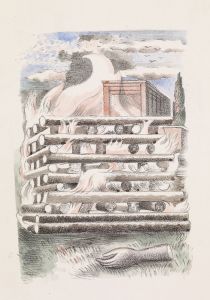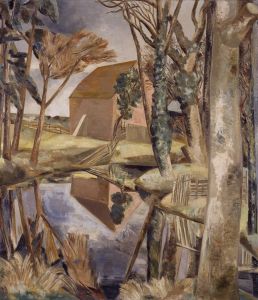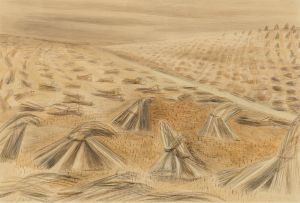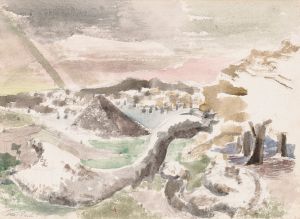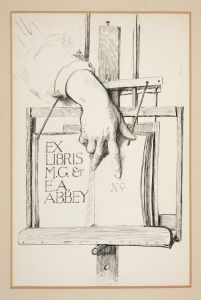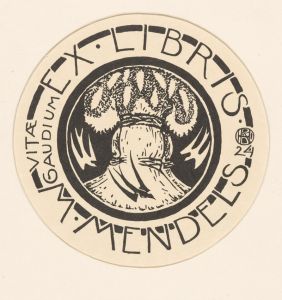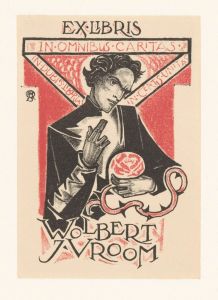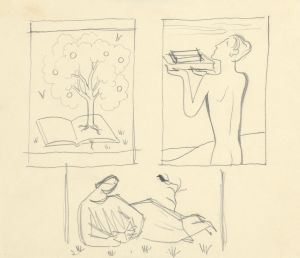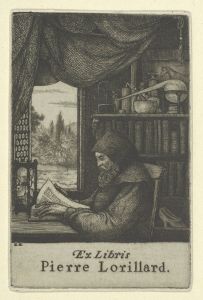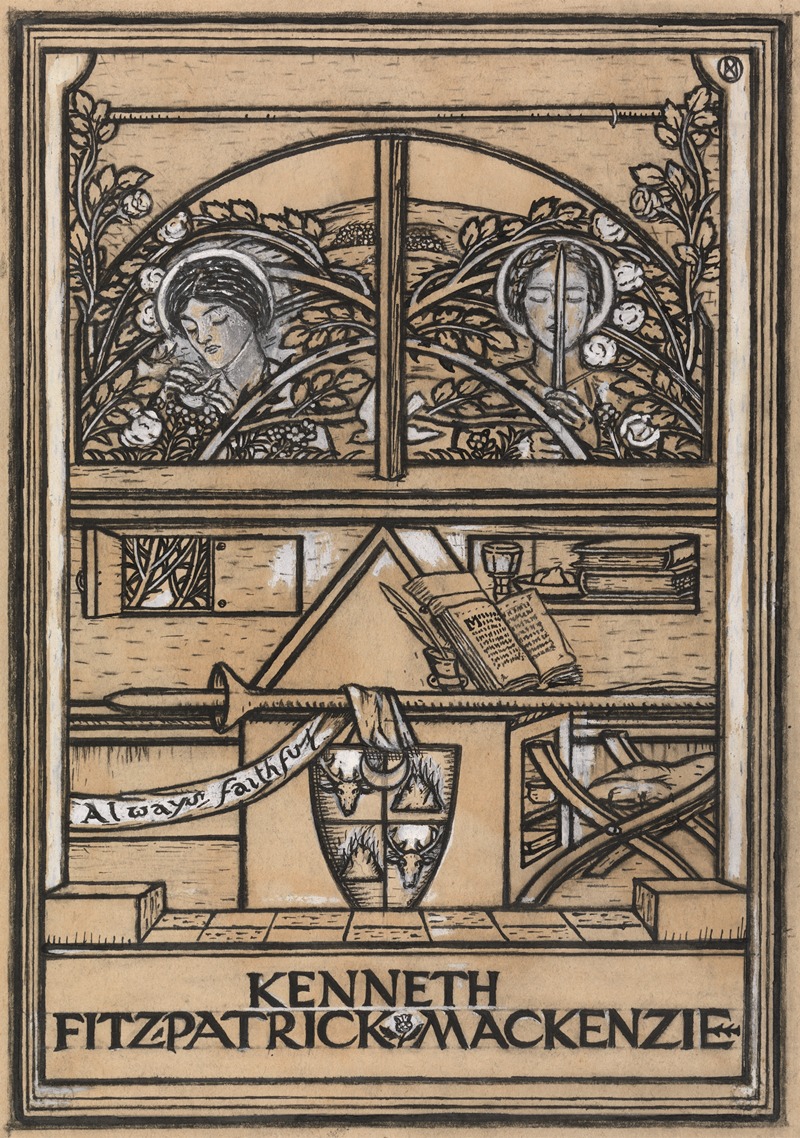
Design for a bookplate for Kenneth Fitzpatrick Mackenzie
A hand-painted replica of Paul Nash’s masterpiece Design for a bookplate for Kenneth Fitzpatrick Mackenzie, meticulously crafted by professional artists to capture the true essence of the original. Each piece is created with museum-quality canvas and rare mineral pigments, carefully painted by experienced artists with delicate brushstrokes and rich, layered colors to perfectly recreate the texture of the original artwork. Unlike machine-printed reproductions, this hand-painted version brings the painting to life, infused with the artist’s emotions and skill in every stroke. Whether for personal collection or home decoration, it instantly elevates the artistic atmosphere of any space.
Paul Nash, a prominent British artist and designer, created the "Design for a Bookplate for Kenneth Fitzpatrick Mackenzie" in 1916. This work is a notable example of Nash's early graphic design and reflects his interest in combining traditional and modern artistic elements. Bookplates, also known as ex libris, are small printed labels pasted into books to indicate ownership. They were often personalized with intricate designs, and Nash's contribution to this tradition demonstrates his skill in creating visually striking and meaningful compositions.
The bookplate was commissioned by Kenneth Fitzpatrick Mackenzie, a British physician and bibliophile. Mackenzie was known for his interest in literature and the arts, and commissioning a personalized bookplate from an artist of Nash's caliber underscores his appreciation for fine craftsmanship and design. Nash, who was already gaining recognition for his innovative approach to art and design, brought his distinctive style to this project.
The design of the bookplate is characterized by its elegant and balanced composition. It features a central motif of a tree, a recurring symbol in Nash's work, which often represented themes of growth, stability, and connection to nature. The tree is rendered in a stylized manner, with clean lines and a sense of symmetry that reflects Nash's modernist sensibilities. Surrounding the tree are additional decorative elements, including geometric patterns and organic forms, which further enhance the visual appeal of the piece.
Paul Nash's work during this period was heavily influenced by the Arts and Crafts movement, which emphasized the importance of craftsmanship and the integration of art into everyday life. At the same time, he was beginning to explore modernist ideas, which would later define much of his career. The "Design for a Bookplate for Kenneth Fitzpatrick Mackenzie" serves as an example of Nash's ability to bridge these two artistic movements, creating a work that is both rooted in tradition and forward-looking.
This bookplate is now considered a minor but significant part of Nash's oeuvre, offering insight into his early career and his approach to graphic design. It also highlights the cultural practice of commissioning personalized bookplates, which was particularly popular among collectors and intellectuals in the early 20th century. Today, the design is appreciated for its artistic merit and as a reflection of the collaboration between an artist and a patron during this era.






